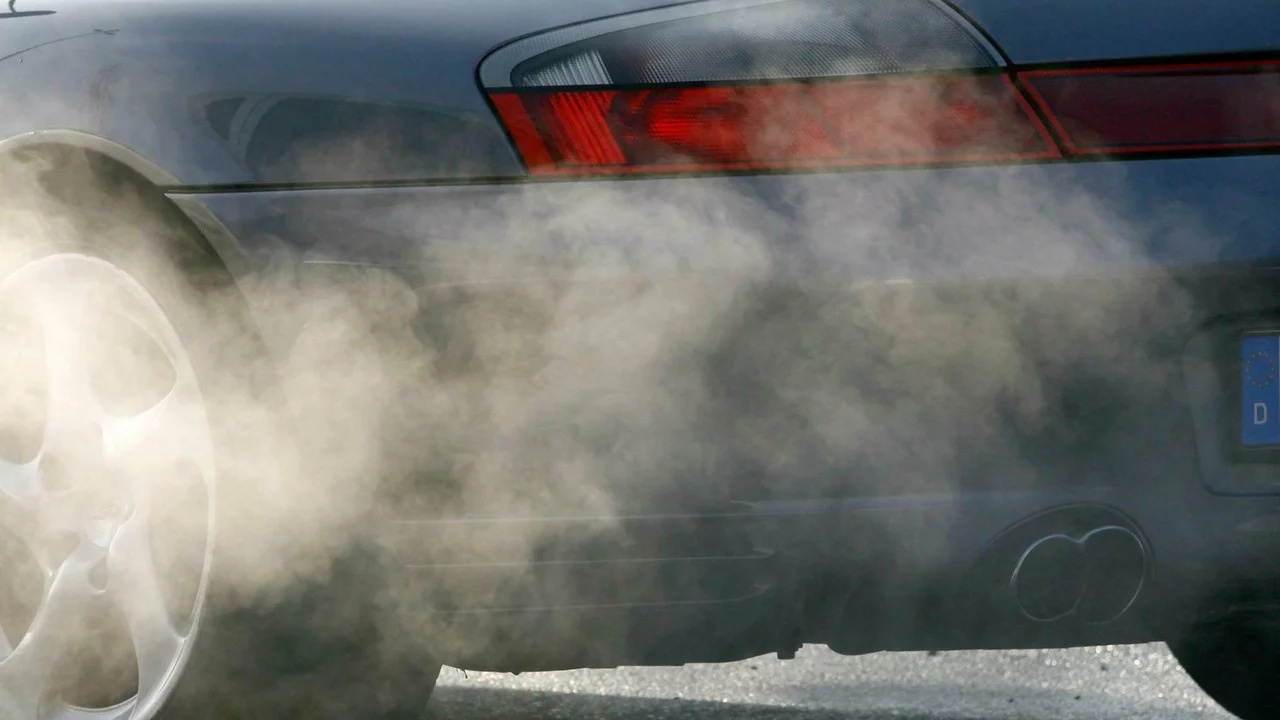Environmental Science – Motorsports and Climate Impact
Ever wondered how the roar of engines translates into carbon footprints? Motorsports aren’t just about speed; they leave a big mark on the environment. From the fuel burned in race cars to the energy that powers whole racetracks, the numbers add up fast. Let’s break down where the impact comes from and what’s being done to cut it down.
Where the emissions come from
The biggest chunk of greenhouse gases in motorsport comes from the race cars themselves. High‑performance engines burn a lot of gasoline or diesel, spewing CO₂ with every lap. Add to that the transport of teams, equipment, and fans—flights, trucks, and cars all contribute to the total carbon load. Even the massive lights, paddock facilities, and cooling systems at a venue need electricity, often from non‑renewable sources.
Tracks themselves also have a hidden cost. Maintaining the surface, watering grass, and running safety crews all require fuel and power. When you add the energy needed for live broadcasts and digital services, the environmental picture gets even bigger.
Steps the sport is taking
Good news: the industry is starting to change. Electric racing series, like Formula E, are proving that speed doesn’t have to come with fumes. Many traditional championships are testing hybrid power units that recover energy during braking, cutting fuel use without sacrificing performance.
Racetracks are also looking at greener options. Solar panels on grandstands, LED lighting, and recycling programs are becoming more common. Some venues have switched to renewable‑energy contracts to power their events, slashing the indirect emissions tied to electricity.
Fans can help, too. Choosing car‑pool rides, using public transport, or even supporting virtual attendance when possible reduces the travel footprint. Sponsors that back sustainable tech push teams to adopt cleaner solutions faster.
Still, there’s a long way to go. The overall carbon budget of a season remains high, and the hobbyist side—track days, car modifications, and personal travel—adds layers of impact. Ongoing research is looking at carbon‑offset programs and more efficient fuel blends to bridge the gap.
Bottom line: motorsports love speed, but they’re waking up to the need for sustainability. By understanding where emissions come from and supporting greener initiatives, fans and organizers can keep the adrenaline high while lowering the climate toll. So next time you hear a rev, ask yourself: how can this thrill be cleaner? The answer is already on the track.
